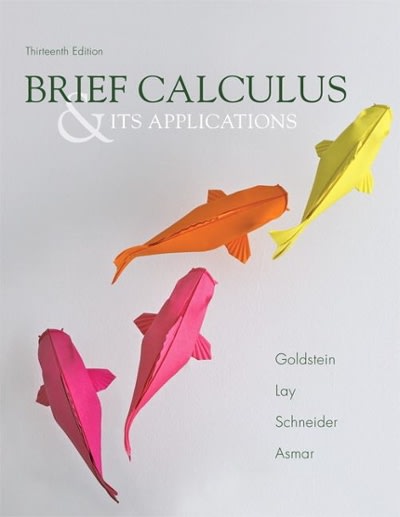Question
According to the IRS, taxpayers calling the IRS in 2017 waited 13 minutes on average for an IRS telephone assister to answer. Do callers who
According to the IRS, taxpayers calling the IRS in 2017 waited 13 minutes on average for an IRS telephone assister to answer. Do callers who use the IRS help line early in the day have a shorter wait? Suppose a sample of 50 callers who placed their calls to the IRS in the first 30 minutes that the line is open during the day have a mean waiting time of 11 minutes before an IRS telephone assister answers. Based on data from past years, you decide that it is reasonable to assume that the standard deviation of waiting times is 8 minutes. Using these sample results, can you conclude that the waiting time for calls placed during the first 30 minutes the IRS help line is open each day is significantly less than the overall mean waiting time of 13 minutes? Use = 0.05.
Conduct the hypothesisusing thep-value approach.
(Please include all the 7 steps in hypothesis testing outlined)
7 step p-value Approach
Develop the null and alternative hypothesis
Specify the level of significance,
Choose the test statistic (z or t)
Calculate the test statistic
Use the value of the test statistic to compute the p-value.
Reject H0 if p-value
Interpret the statistical conclusion in the context of the problem.
Step by Step Solution
There are 3 Steps involved in it
Step: 1

Get Instant Access to Expert-Tailored Solutions
See step-by-step solutions with expert insights and AI powered tools for academic success
Step: 2

Step: 3

Ace Your Homework with AI
Get the answers you need in no time with our AI-driven, step-by-step assistance
Get Started


